
Pale Horse #1 (Boom!, $3.99)
By Sean Fahey
Brutal. That’s the word comes to mind most clearly when I think about the inaugural issue of Boom!’s new Western, Pale Horse. Brutal. From the opening moments to the final panel, this book just does not let up.
Granted, to any fan of the genre, the basic setup is very familiar; a stoic man of few words looking to put his violent past behind him is wronged, and decides to reacquaint himself with his old ways in order to settle the score, only to have the hunter become the hunted. It’s the execution though that makes Pale Horse standout. Simply put, this is one of the most violent Western comic books I’ve ever read, and former slave turned bounty hunter Cole is one of the most violent Western protagonists in recent memory; but it’s not just violence for violence sake, it’s through the violence that we get to the heart of who this character is.
Series writers Andrew Cosby and Michael Nelson clearly understand the conventions of the genre. Like any good Western, the violence is an extension of the character, a physical manifestation of his values, and what Cole values is his family. Threaten or take that away from him, and he acts like a man with nothing to lose. Someone that will blow away and savagely cut apart a group of men in broad daylight without an ounce of hesitation or emotion. When Cole gets his payback for his wife’s rape and murder, it’s like watching a tornado blow through town — incredibly devastating, but over as quickly as it began. No showdown. No banter. Just bodies. Then the story really begins, as Cole and his son take to the country to start anew, only to have Cole’s mysterious and violent past catch up with him, threatening the safety of his remaining family…and we know how well Cole takes to that. Classic stuff.
It’s refreshing to see a well told, well drawn, character driven Western comic book without any gimmicks or cross-genre pollination. More please.





 The Warlord #15 (DC Comics, $2.99)
The Warlord #15 (DC Comics, $2.99)
By Sean Fahey
“Legacy” is an important concept in DC Comics. The passing of the torch from one generation of heroes to the next. For the most part, it’s something that DC has done well, even if the results are often temporary. Lately, the “legacy” concept has been given a renewed focus at DC, most notably with former Robin, Dick Grayson, assuming the mantle of Batman, and a new miniseries (called “Legacies” no less) tracing the history of the DC Universe from one era to the next. Even DC’s cult classic sword and sorcery series, The Warlord, is undergoing a changing of the guard, with Travis Morgan’s son, Joshua, assuming the role of protector of the crazy, anything goes, hollow-earth fantasy world of Skartaris.
Unfortunately, it may be much ado about nothing, as it looks like this series (a continuation of the long running 1970s-1980s series) is being canceled after the next issue. So, what’s the point of this review? To lament the possible cancellation of the series, and to say to DC, in my own small way, that it will be missed. Although this recent Warlord series never quite rose to the level of its predecessor, I felt that series creator, artist and writer Mike Grell was just getting warmed up, and having Joshua become the new Warlord was his opportunity to set this series apart from the previous one, and allow readers to see the fantasy world of Skartaris through a fresh set of eyes. It could have been the perfect jumping on point, and should have been given a chance.
But, this is a business and sales have never been good on this book. This change of direction should have been tried sooner. Nevertheless, the cancellation is unfortunate. The Warlord was wonderfully insane, a high adventure comic book landscape populated by savage dinosaurs, alien spaceships, swashbuckling pirates, seductive sorceresses, brutal gladiators, shape-shifters, monsters, you name it. Anything was possible, and that was the fun of it all. Nuts. At least DC is finally releasing the old reprints through their Showcase line.




New Avengers #1 (Marvel, $3.99)
By Jeb D.
I suppose readers could be forgiven for thinking that we’ve already started repeating ourselves here-a new Avengers #1 issue, more Bendis Spidey wisecracks? And, honestly, it’s beginning to feel that way to me, too; it’s as though Marvel has decided that, in anticipation of the upcoming movie, they’re going to brand everything Avengers the way they used to brand everything “X” (though I suppose they’re still doing that, too).
But, no, this is yet another new Avengers series: a new New Avengers series, actually. In a way, I think of this as the “Marvel Avengers.” Bendis’ recent outing on Avengers Prime, with Iron Man, Thor, and temporarily-ex-Cap, gathered up three characters that are not only regarded as the team’s “big guns” and standbys, but also the protagonists of the early Marvel U that were probably closest to the “conventional” superheroes that had been the pre-FF staple. These New Avengers are focused around characters that were fundamental to Marvel’s breakout, that established their maverick identity: Spider-Man, of course, and Ben Grimm, helped launch the Marvel Age, by being characters whose emphasis was on their lives and personalities almost as much as their powers (and before long, you could remove the “almost”); Wolverine, the comics’ most successful anti-social badass (it took Frank Miller to find the same potential in Batman a decade after Logan’s introduction), Jessica Jones, whose Alias might have been the first really “adult” series about a Marvel character (female or otherwise), and Luke Cage whose introduction as a “Hero For Hire” was another example of the outside-the-box thinking that characterized the best of the House of Ideas. Toss in Ms. Marvel and another surprise female character or two, and you have a team that is as colorfully mismatched as anything Marvel’s X office is likely to come up with.
How and why they come together isn’t particularly important (it involves Dr. Strange and a clutch of his sorcerer cronies), and in fact Ben Grimm’s decision to join the team is so offhand you’d think they had asked him if he wanted to go to the movies. Bendis even gets all meta on us with Logan being asked how he can be in so many different teams at the same time (“Multitasking: it’s my mutant power”). But if this plays as a fairly typical “getting the band together” hero party (some want to join, some need to be persuaded, the burden of leadership is invoked), artist Stuart Immonen reminds us of the fact that he’s not only one of the most prolific and punctual pencillers in comics today, but maybe the most versatile. The look of this book, while instantly recognizable as Immonen, is bigger and broader than his partnership with Bendis on the Ultimate Spider-Man series, but just as strong on the moments of intimacy that are so much a part of that book: he can make a single shot of Jessica Jones’ face every bit as searing as panels full of hellfire.
So, it’s a pretty good Avengers book. Like a lot of the other Avengers books. I might give this one a slight edge over some of its peers, mostly for the curiosity factor: having all the wisecracking problem children on the team has the potential for anything from bliss to trainwreck, and I’m looking forward to seeing which way it ultimately goes.



 Spider-Man Presents Black Cat #1 of 4 (Marvel, $3.99)
Spider-Man Presents Black Cat #1 of 4 (Marvel, $3.99)
By Jeb D.
Well, for better or worse, here’s a book that is definitely not to be judged by its cover (whether we’re talking the standard one by Amanda Conner or Scott Campbell’s variant). Black Cat comics are typically cheesecake fests, and the fact that this one is emphatically not that may or may not tell you all you need to know about it.
Marvel’s penchant for turning villainesses into heroines (Scarlet Witch, Medusa, Black Widow, Emma Frost, etc.) makes perfect sense when you consider the classic picture of the comics reader: there are few things in the world more frightening to a male adolescent than a woman of power and initiative; give a female character those attributes and she practically writes herself as a “bad girl.” She becomes popular with readers, and then writers find that her established parameters give them more scope to do something interesting than the “good girls,” she becomes a regular, and to one degree or another, a “good girl” herself.
This kind of thing isn’t that hard to do with women who are mystics, superspies, dominatrixes; those characteristics play pretty well in the superpowered throwdowns, and are, in theory, value-neutral.
Felicia Hardy’s another story, though: she robs people. That’s her profession and her skill set. And while jewel thieves are often romantic characters in movies and novels, in the right-and-wrong world of superhero comics, that kind of grey area can involve some creative dancing around by a writer. Add in the need to tie in this series with the current “Grim Hunt” storyline in the Spider-Man books, and a clear character vision and strong story direction are vital.
Fortunately, Felicia’s in the capable hands of Hopeless Savages writer Jen Van Meter, and she manages to balance the storytelling drive (Black Cat framed? Again? Say it ain’t so!) with some great character moments: Felicia and the people she works with may be involved in a cliched mystery, but at least they feel like real people in one. Van Meter is particularly adept at making the Spider-Man/Black Cat romance more convincing that it has any right to be, and she gives artist Javier Pulido some great opportunities for witty visual commentary on it (Spidey in mask, uniform shirt, and boxers is av-worthy at your favorite message board). In fact, Pulido’s storytelling is smooth and sure throughout, and he makes the most of Felicia’s heist sequences.
I guess there’s an upper limit on how strong a four-issue series that’s only a sideshow for the main event can be. But within those limitations, Van Meter and Pulido deliver a crackling start to a heist yarn, full of historical mysteries, deception and double-dealing, and bit of murder to savor the stew.










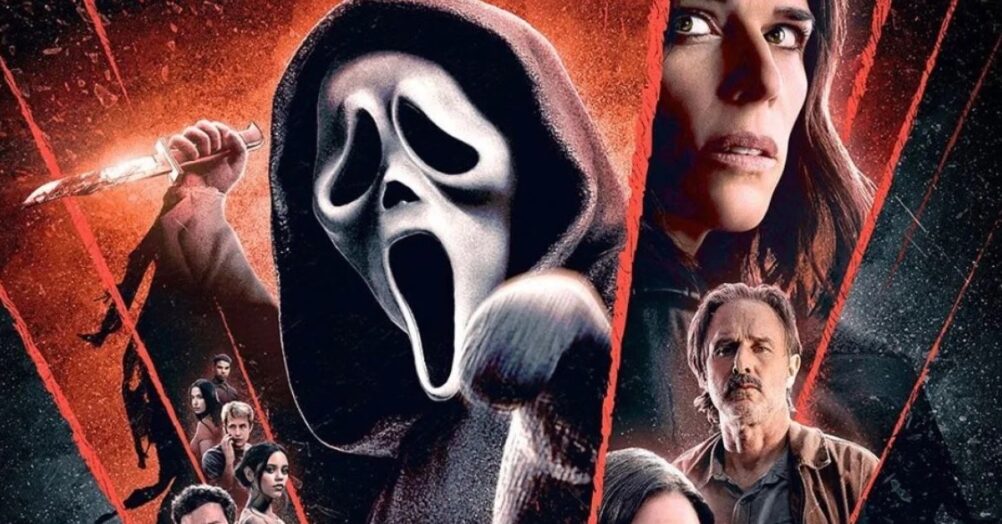




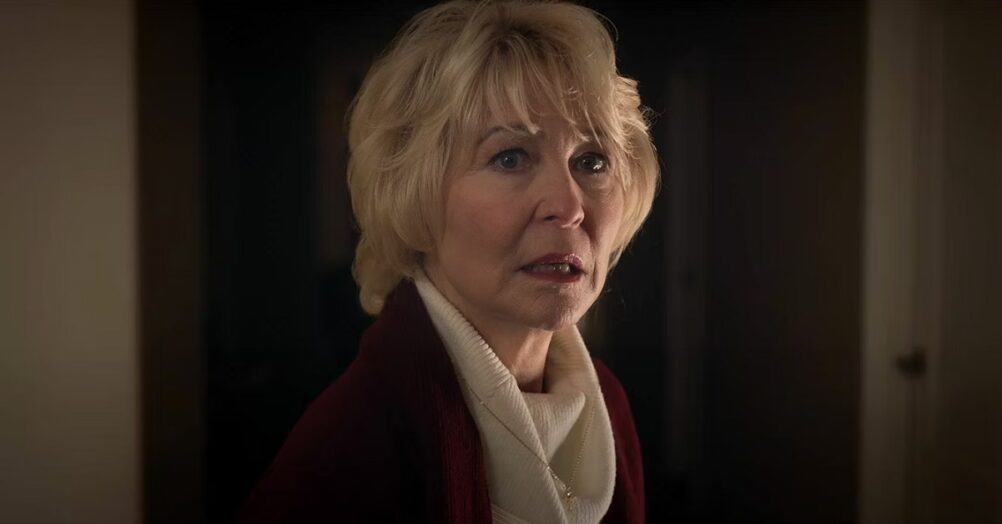
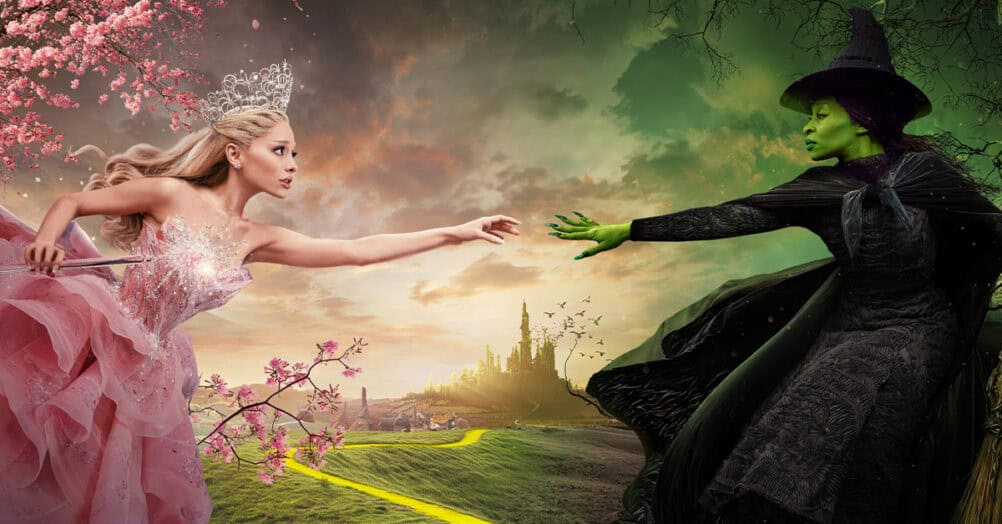
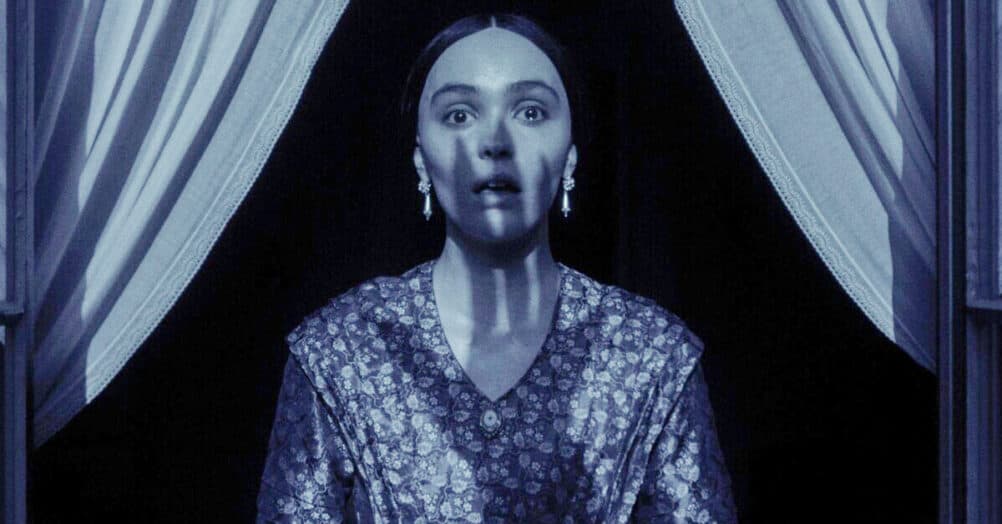
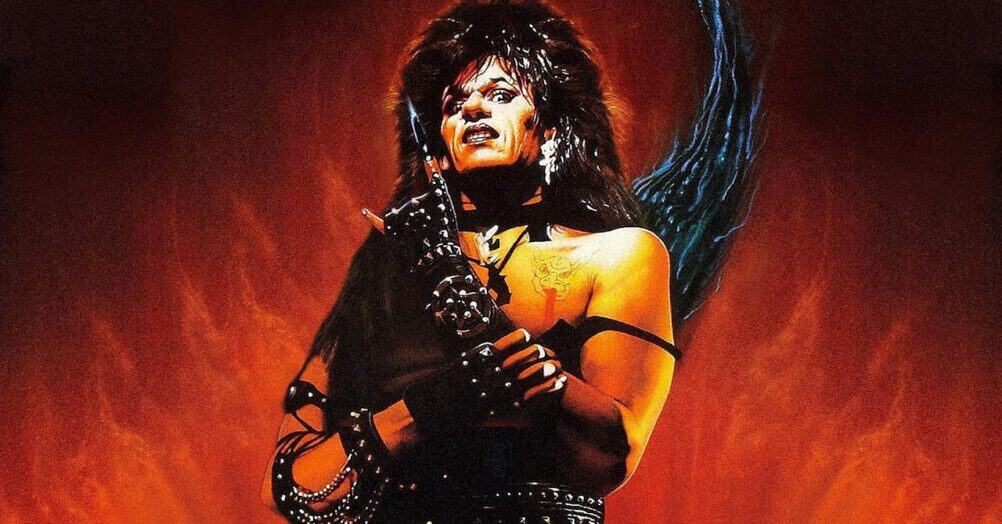
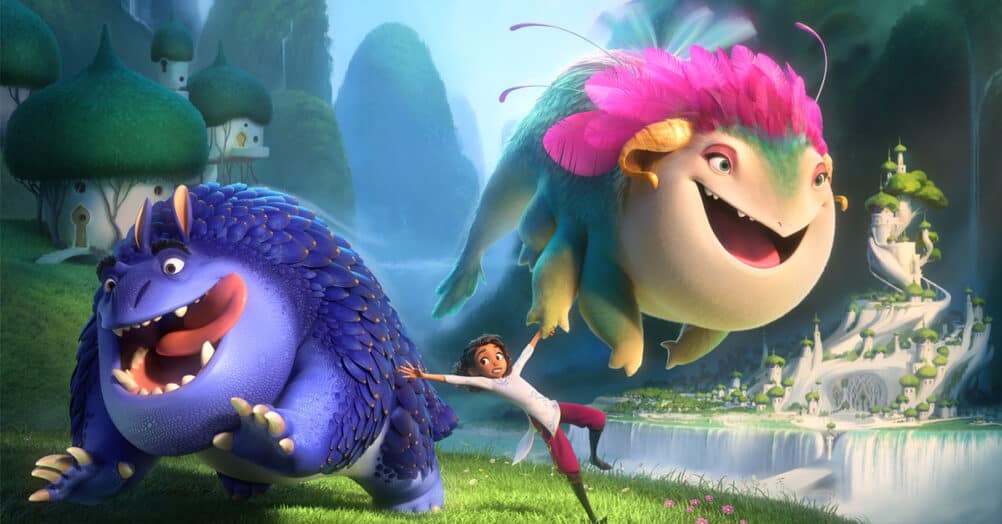
Follow the JOBLO MOVIE NETWORK
Follow us on YOUTUBE
Follow ARROW IN THE HEAD
Follow AITH on YOUTUBE